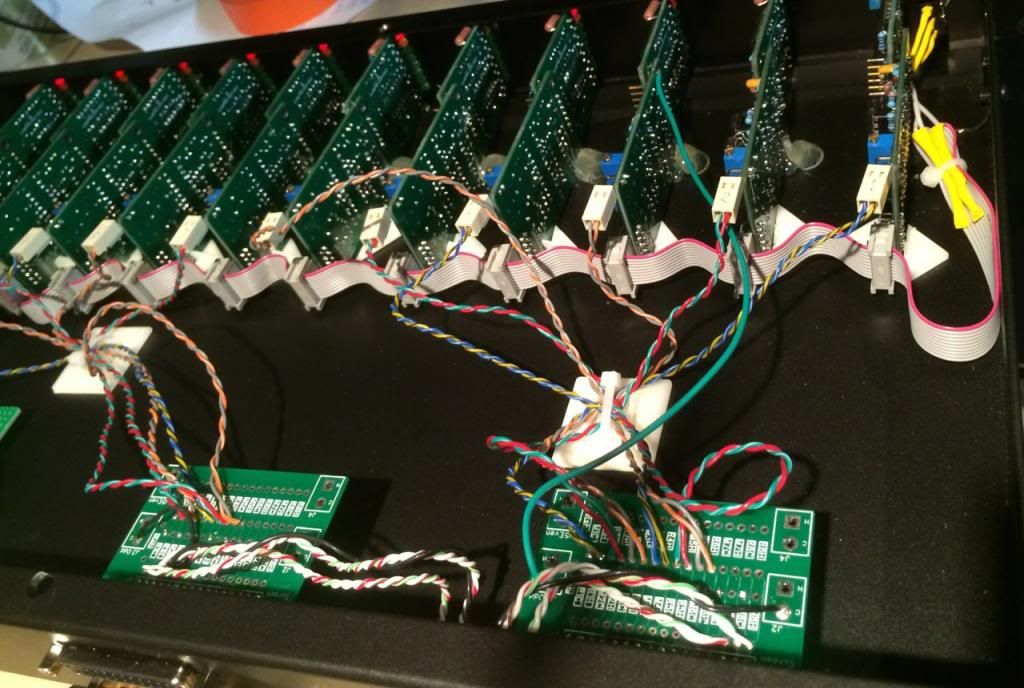PassiveActive
Member
ruffrecords said:It looks like I am just about to sell the last of the second batch of db25 boards. The first batch of 50 I made in May last year sold out right away. The second batch of 50 I had made in June of last year and has lasted 9 months. I am happy to make one more batch if there is sufficient interest. I am not asking for orders, just expressions of maybe I might need a couple in the next year sort of thing.
Cheers
Ian
I'd love 2-4 as well
How do I contact you for purchase?




































